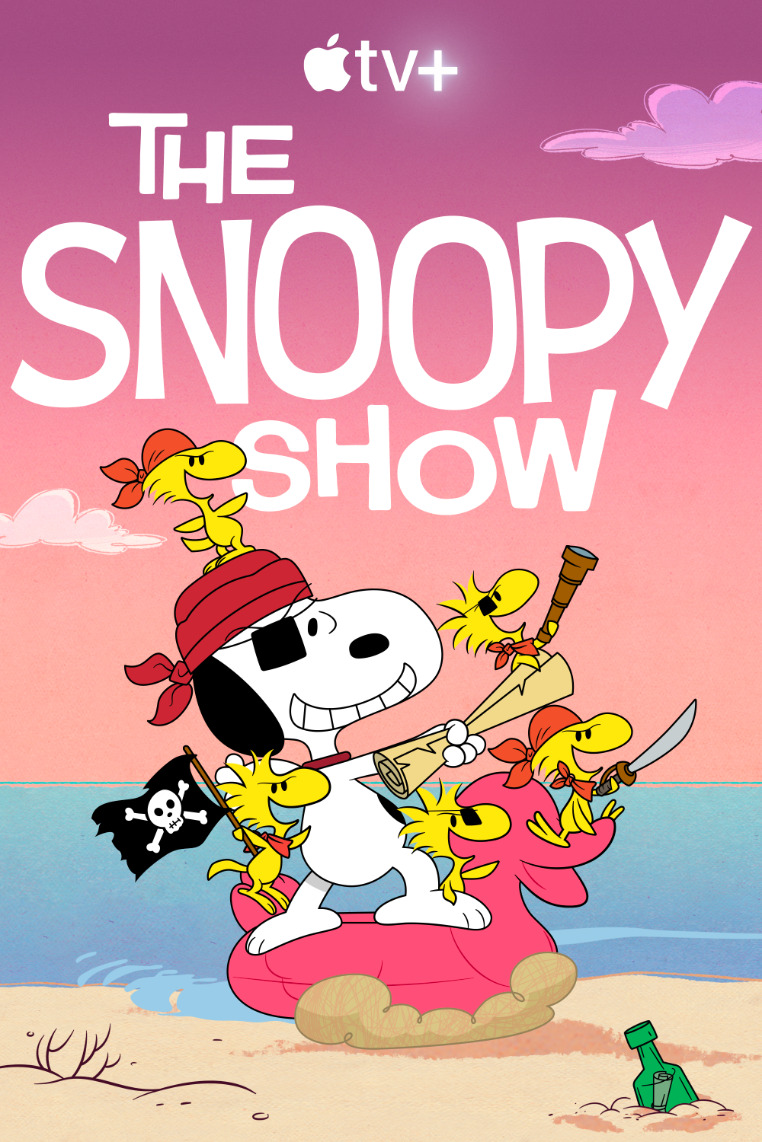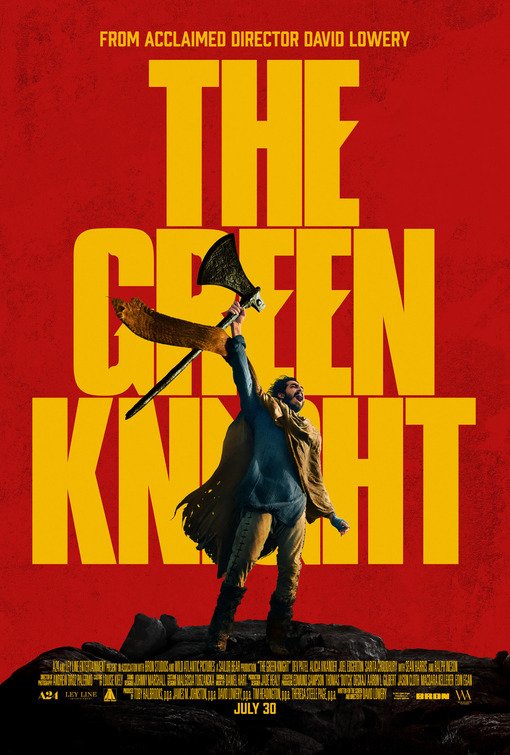“Muddled Modernization Misses the Point”

| None | Light | Moderate | Heavy | |
|---|---|---|---|---|
| Language | ||||
| Violence | ||||
| Sex | ||||
| Nudity |
What You Need To Know:
Though skillfully photographed and acted, THE GREEN KNIGHT modernizes the story into a coming-of-age tale and changes important story details. It also adds some overt lust, explicit nudity, paganism and occultism. As a result, the movie muddles (if not subverts) the original poem’s complex, profound, inspiring Christian symbolism. Viewers are more likely to be confused and turned off by THE GREEN KNIGHT than entertained and inspired.
Content:
Strong mixed pagan worldview with pagan, Christian, biblical, and occult elements, including references to church, Jesus, the Virgin Mary, some sorcery/witchcraft, and man encounters a murdered female ghost
No foul language
Two somewhat bloody beheading scenes, a beheaded man picks up his head and rides away on his horse while laughing, man is beaten unconscious and hogtied by several highwaymen, several dead bodies, a female ghost entreats a man to find her missing head so she can rest peacefully in the afterlife, implied hunting, hunter pulls a fox out of a bag but releases it, and at least one corpse shown (others are in the background when the traveling hero comes to a battleground and encounters a young man robbing the bodies)
Partially depicted married sex, implied fornication, married woman tries to seduce a knight while her husband’s away, man is crudely aroused by married woman’s seduction, and female ghost talks of being raped and then beheaded when she refused to sleep with the man who murdered her
Upper and rear female nudity in at least two scenes, other frontal female nudity is obscured, and upper male nudity
Alcohol use
No smoking or drugs; and,
Lying, cowardice, armed robbery.
More Detail:
The movie opens with Gawain waking up Christmas morning in some sort of brothel, with his lover, Essel, proclaiming to him, “Christ is born.” He replies likewise, “Christ is born,” and the next scene shows them riding to church together.
Cut to Gawain coming home after apparently spending the night with Essel. He’s evasive when his mother, the sister of King Arthur, asks him where he’s been.
That evening, everyone but Gawain’s mother is celebrating Christmas with King Arthur and Queen Guinevere. The King asks Gawain to sit next to them, but Gawain feels unworthy. This becomes clear when Arthur asks Gawain to regale him with a story, but Gawain has none. He tells Arthur that the other knights are more worthy. In fact, Gawain has yet to be knighted even.
At that moment, the large door to the chamber flings open and a large green knight dressed all in green rides forward on a large green horse into the room. At the same time, Gawain’s mother is performing some kind of witchcraft with several other women. She produces a piece of parchment just as the Green Knight hands King Arthur a similar-looking piece of paper. The paper turns out to be a letter, which the Queen begins to read. The words, however, are not in the Queen’s voice but in the Green Knight’s deep, thundering voice.
In the letter, the Green Knight challenges King Arthur and his knights to a beheading game. One of them may come and strike the Green Knight’s neck with their sword. However, in return, they must promise to travel to “the Green Chapel” one year from then to offer their own neck to the Green Knight’s axe. You can find the Green Chapel in six days’ ride, the Green Knight claims.
Arthur’s knights are too frightened to accept the mystifying man’s bizarre challenge. Just when it looks like the King himself will have to accept the challenge, Gawain steps up to accept it. Clearly impressed, the Green Knight calmy turns his head to expose his bare neck and lets Gawain whack away. Gawain cleanly chops off the Green Knight’s head with King Arthur’s sword, but, miraculously, the Green Knight picks up his severed head. Laughing deeply, the Green Knight climbs back onto his steed and rides away, leaving the giant axe behind.
As the following year passes one day after another, Gawain continues his affair with Essel. Essel tries to get Gawain to commit to a permanent relationship, but Gawain is just as evasive as he was with his mother. Clearly, this is a young man who’s yet to reach full maturity.
It eventually comes time for Gawain to leave for the Green Chapel. Essel tries to convince Gawain not to go, but he decides he must go. Before he leaves, however, his mother gives him a magical green cloth belt to wear around his waist. This will protect you from all harm, she says.
Gawain finally departs for the Green Chapel. Along his journey, he faces multiple obstacles, including deranged highwaymen, a ghostly damsel, a talking fox, giants wandering in the mist, an effusive and generous lord living with a seductive wife, and an old blind woman, and, of course, the Green Knight. However, the biggest challenge Gawain faces is actually himself.
THE GREEN KNIGHT is lushly photographed and skillfully acted, but it’s rated R. Also, Writer/Director David Lowery of the recent PETE’S DRAGON remake not only adds some scenes with overt lust and nudity; he also modernizes the story into a coming-of-age tale, changes important details from the original poem, and decides to turn the Green Knight into a symbol of the Celtic paganism that historically preceded the Christian society of Great Britain, the society that King Arthur’s legendary court represent in all the tales about him and his knights. As a result, the movie ultimately muddles (if not subverts) the original poem’s complex, beautiful Christian, moral symbolism. Viewers are more likely to come out of the theater scratching their heads than deriving any profound meaning from this version of the famous epic poem, which is titled SIR GAWAIN AND THE GREEN KNIGHT.
For example, the original poem eventually reveals that the Green Knight has a secret identity that’s been obscured by a sorceress who was trying to get revenge against Queen Guinevere and embarrass King Arthur. The man behind the Green Knight went along with this plan but is
ultimately impressed by Gawain’s bravery and honor. Also, however, the poem’s third act reveals that, despite his bravery and honor, Gawain is human, after all, and, like every man, is flawed. One of the main messages to this ending, if not the ending’s main message, therefore, is that all of us must always bear in mind that we are sinful beings saved by the Grace of God. As the poem’s last line poem says, “May He who wore the crown of thorns bring us to His bliss. Amen.”
The ending to THE GREEN KNIGHT slightly alludes to this message above, but it’s much more open ended. In fact, the movie doesn’t reveal the Green Knight’s secret identity at all. Also, unlike the poem, there’s no positive resolution to the conflict between Gawain and the Green Knight. Consequently, the ending to THE GREEN KNIGHT is more confusing than inspiring and satisfying. Finally, it must be admitted that, like the movie, the original poem does indeed have some erotic situations. For example, in the original poem, the generous lord’s beautiful wife comes into Gawain’s bedroom three times to talk with him and behaves seductively, beseeching him to make love to her. (In the original poem, Gawain is already known as a handsome, brave and desirable knight.) Each time, Gawain rebuffs the lady’s advances, but he courteously allows her one, two and then three kisses (he’s sort of stuck between a rock and a hard place; if he gives in, he commits adultery, but if he harshly rejects her, he may give offense and seem discourteous). In the movie, however, the bedroom scene is more explicit, and embarrassing, with Gawain overtly getting aroused. THE GREEN KNIGHT also contains some explicit nudity. For example, the giants Gawain encounters on the way to the Green Chapel are all naked.
All in all, therefore, despite the positive Christian references, THE GREEN KNIGHT is an excessive movie that’s disappointing and unacceptable. Those of us who love the original epic poem are still waiting for a definitive version of this Christian classic by a filmmaker who knows how to adapt the story’s profound Christian themes in an entertaining, inspiring and satisfying way.


 - Content:
- Content: 

